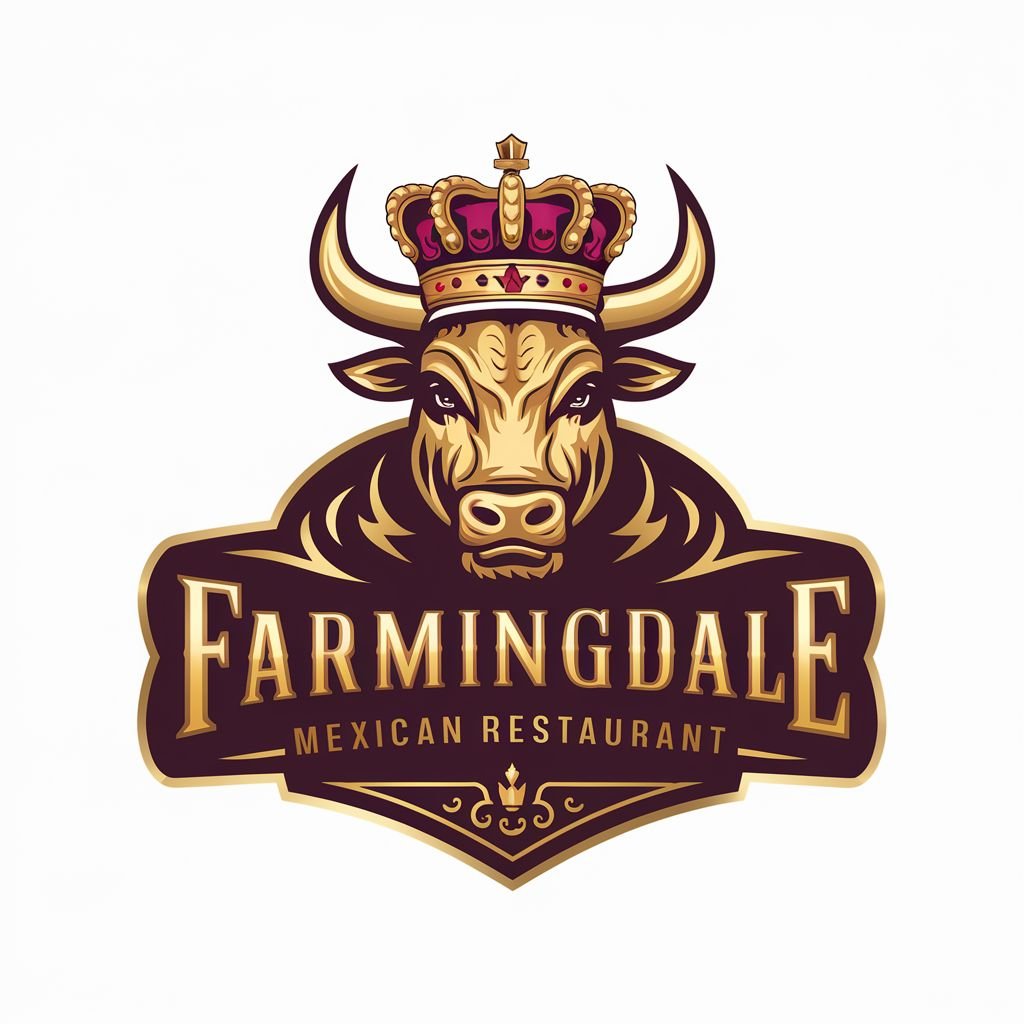In the realm of culinary artistry, one of the most rewarding experiences is transforming an inexpensive, tough cut of meat into a delectable masterpiece. This process is a testament to the ingenuity and creativity of cooks who understand that flavor doesn’t always come with a hefty price tag. Enter the art of braising—a cooking technique that can turn even the most humble of meats into a rich, tender dish that satisfies the soul.
Braising is a method that involves slow-cooking meat in a liquid over low heat. This process allows the collagen in tough cuts of meat to break down, resulting in succulent, fork-tender goodness. While traditionally associated with more expensive cuts like beef short ribs or lamb shanks, braising can work wonders with cheaper cuts such as chuck roast, pork shoulder, or chicken thighs.
The beauty of braising lies in its simplicity. With just a few basic ingredients and some patience, you can elevate an ordinary meal into something extraordinary. Start by selecting your cut of meat. Look for tougher, less expensive options that are rich in connective tissue—this collagen will break down during the cooking process, imparting a luscious texture and deep flavor to the dish.
Once you’ve chosen your meat, it’s time to prepare the braise. Begin by searing the meat in a hot pan to develop a caramelized crust. This step adds another layer of flavor to the dish by enhancing the Maillard reaction, which occurs when proteins and sugars react under high heat. After searing, remove the meat from the pan and set it aside.
Next, it’s time to build the braising liquid. This can be as simple as using chicken or beef broth, wine, or even beer, depending on your preference. Add aromatics such as onions, garlic, carrots, and herbs to the pan, and cook until softened and fragrant. Then, deglaze the pan with your chosen liquid, scraping up any browned bits from the bottom to incorporate into the sauce.
Once the braising liquid is ready, return the seared meat to the pan, making sure it’s submerged in the liquid. Cover the pan tightly with a lid or aluminum foil and transfer it to a low oven or stovetop burner. Let the meat simmer gently for several hours, allowing the collagen to break down and the flavors to meld together.
As the meat cooks, your kitchen will be filled with the tantalizing aroma of a home-cooked meal in the making. Resist the urge to peek too often—braising is a slow process that requires patience. Instead, use this time to prepare side dishes or simply relax and savor the anticipation of the meal to come.
After a few hours, your patience will be rewarded with a dish that’s rich, flavorful, and fall-apart tender. The meat will have absorbed the flavors of the braising liquid, resulting in a dish that’s greater than the sum of its parts. Serve it alongside mashed potatoes, creamy polenta, or crusty bread to soak up the savory juices.
Not only is braising an excellent way to make the most of inexpensive cuts of meat, but it’s also a versatile technique that lends itself to endless variations. Experiment with different braising liquids, aromatics, and seasonings to create your own signature dishes. Whether you prefer a classic beef pot roast, a fragrant Moroccan tagine, or a spicy Mexican barbacoa, the possibilities are limited only by your imagination.
In a world where culinary trends come and go, braising remains a timeless classic—a testament to the transformative power of slow cooking and simple ingredients. So the next time you find yourself faced with a tough cut of meat and a tight budget, don’t despair. Embrace the art of braising, and let your creativity shine as you turn humble ingredients into a rich, satisfying feast for all to enjoy.

